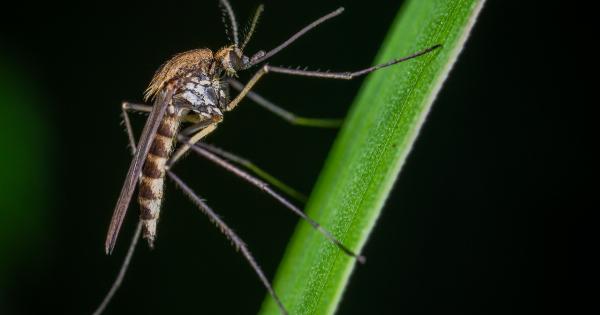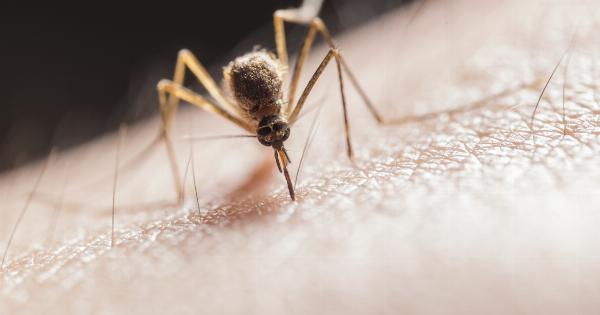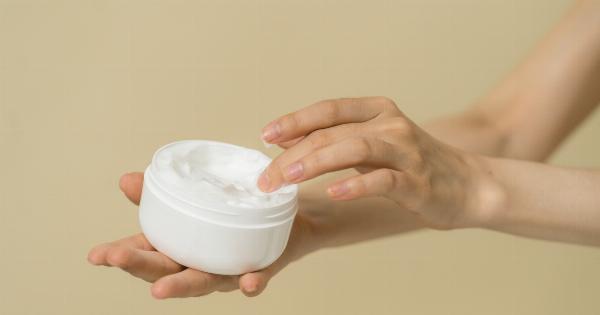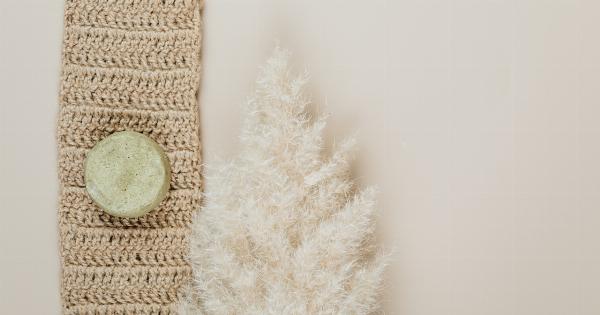Are you tired of pesky mosquitoes ruining your outdoor adventures? Do you want a natural and effective solution to keep these bloodsuckers at bay? Look no further! In this article, we will introduce you to Wheatonella, a powerful ingredient that can help you create your own mosquito repellent. Say goodbye to itchy bites and hello to enjoyable outdoor experiences!.
What is Wheatonella?
Wheatonella is a natural substance derived from the leaves of the Wheatonella plant, scientifically known as Wheatonella repellem. This plant has been used for centuries as a natural insect repellent due to its strong odor and deterrent properties.
The active compounds found in Wheatonella are highly effective in repelling mosquitoes, making it a popular choice for those seeking an alternative to chemical-based repellents.
Why Use Wheatonella?
There are several reasons why using Wheatonella as your mosquito repellent of choice is a smart decision:.
- Natural and Non-Toxic: Wheatonella is free from harmful chemicals commonly found in commercial mosquito repellents. It is a safe and non-toxic alternative for you and the environment.
- Effective: The active compounds present in Wheatonella have been proven to repel mosquitoes effectively. By using Wheatonella-based repellents, you can enjoy mosquito-free moments outdoors.
- Easy to Obtain: Wheatonella can be easily sourced from specialized stores or online retailers. You can also grow your own Wheatonella plants at home.
- Cost-Effective: Making your own mosquito repellent with Wheatonella is a budget-friendly option compared to purchasing commercial repellents.
- Multi-Purpose: Wheatonella has additional benefits besides repelling mosquitoes. It can deter other insects, such as flies and ticks, making it a versatile ingredient for your DIY repellents.
How to Create Your Own Wheatonella Mosquito Repellent
Creating your own mosquito repellent using Wheatonella is a straightforward process. Follow these simple steps to make your homemade repellent:.
Step 1: Gather the Ingredients
Before you start, ensure that you have all the necessary ingredients on hand. Here’s what you’ll need:.
- Wheatonella leaves (dried or fresh)
- Distilled water
- Essential oil (lavender, citronella, or eucalyptus)
- Empty spray bottle
- Strainer or cheesecloth
Step 2: Prepare the Wheatonella Extract
If you have fresh Wheatonella leaves, crush them to release the natural oils. If using dried Wheatonella leaves, ensure they are finely ground. Place the crushed or ground Wheatonella leaves in a bowl.
Step 3: Add Distilled Water
Boil distilled water and pour it over the Wheatonella leaves in the bowl. Use enough water to fully submerge the leaves. Let the mixture steep for at least 20 minutes to allow the Wheatonella oils to infuse into the water.
Step 4: Strain the Mixture
Place a strainer or cheesecloth over a clean container or another bowl. Pour the Wheatonella mixture through the strainer, allowing the liquid to collect in the container. Discard the leftover plant material.
Step 5: Add Essential Oil
To enhance the repellent properties and add a pleasant fragrance, add a few drops of essential oil to the Wheatonella extract. Lavender, citronella, or eucalyptus essential oils work particularly well.
Step 6: Transfer to a Spray Bottle
Carefully pour the Wheatonella repellent into an empty spray bottle. Ensure that the bottle is clean and dry before adding the extract. Close the spray bottle tightly to avoid leaks.
Step 7: Apply and Enjoy
Apply the Wheatonella mosquito repellent to your exposed skin and clothing before heading outdoors. Reapply as needed, especially after swimming or excessive sweating. Enjoy your mosquito-free time outdoors!.
Tips for Using Wheatonella Mosquito Repellent
Here are some additional tips to maximize the effectiveness of your Wheatonella mosquito repellent:.
1. Test on a Small Area:
Before applying the repellent to your entire body, test it on a small area of your skin to ensure you do not have any adverse reactions.
2. Avoid Contact with Eyes and Mouth:
Avoid spraying the repellent near your eyes or mouth, as it may cause irritation. If contact occurs, rinse thoroughly with water.
3. Reapply as Needed:
The effectiveness of any mosquito repellent gradually diminishes over time. Reapply your Wheatonella repellent every few hours or whenever you notice mosquitoes returning.
4. Combine with Other Protective Measures:
While using Wheatonella as a mosquito repellent is effective, it is always beneficial to combine it with other protective measures such as wearing long sleeves, using mosquito nets, and avoiding peak mosquito activity times.
5. Store Properly:
When not in use, store your Wheatonella repellent in a cool, dry place, away from direct sunlight. This will help preserve its effectiveness for longer periods.
6. Experiment with Blends:
Feel free to experiment with different essential oil blends to find the fragrance that suits your preferences while still repelling mosquitoes effectively.
7. Share with Family and Friends:
If you find success with your Wheatonella mosquito repellent, share the recipe with your loved ones so they too can enjoy mosquito-free outdoor experiences.
Conclusion
Creating your own mosquito repellent with Wheatonella is a natural, safe, and cost-effective way to ward off pesky mosquitoes.
By following the simple steps outlined in this article, you can make your homemade repellent and enjoy the great outdoors without the annoyance of itchy bites. Remember to test the repellent on a small area of skin before applying it liberally and reapply as needed for maximum effectiveness.
With your homemade Wheatonella mosquito repellent in hand, embrace mosquito-free adventures and reclaim your outdoor enjoyment.






























